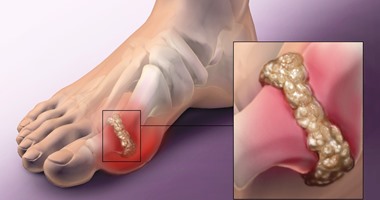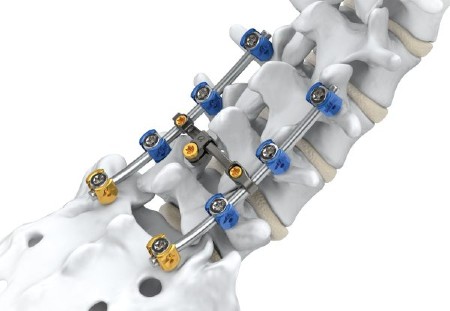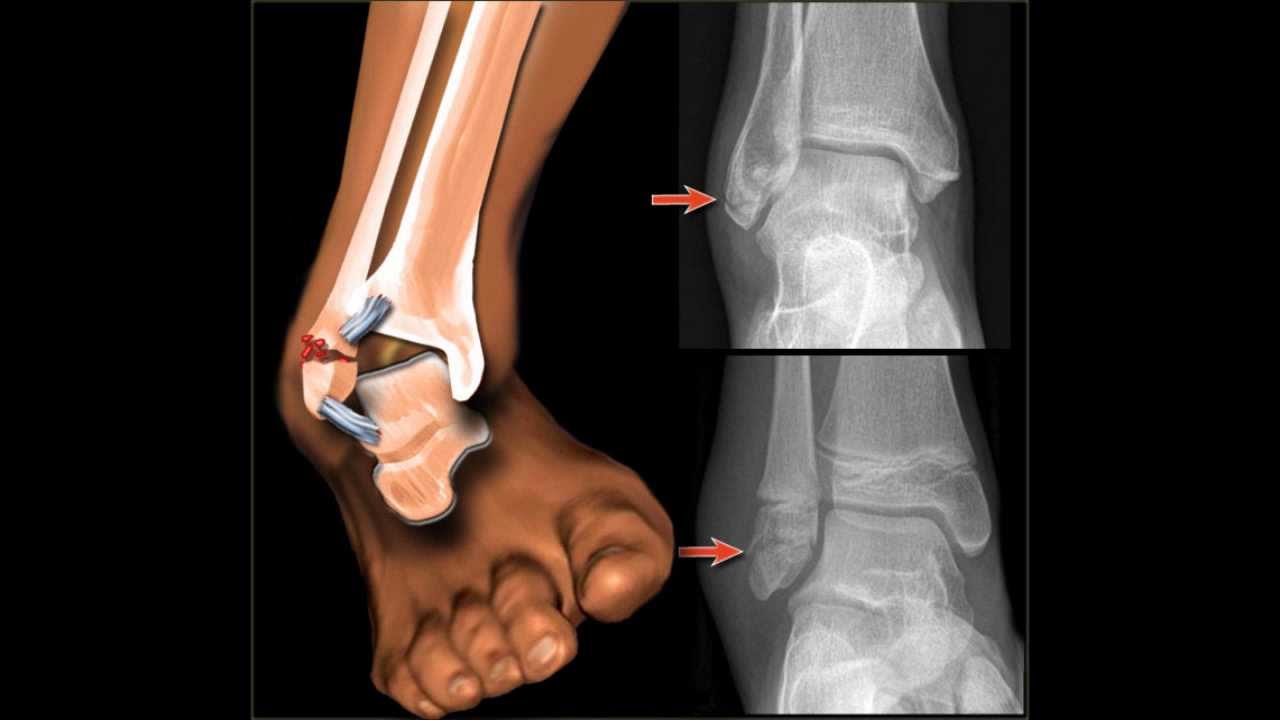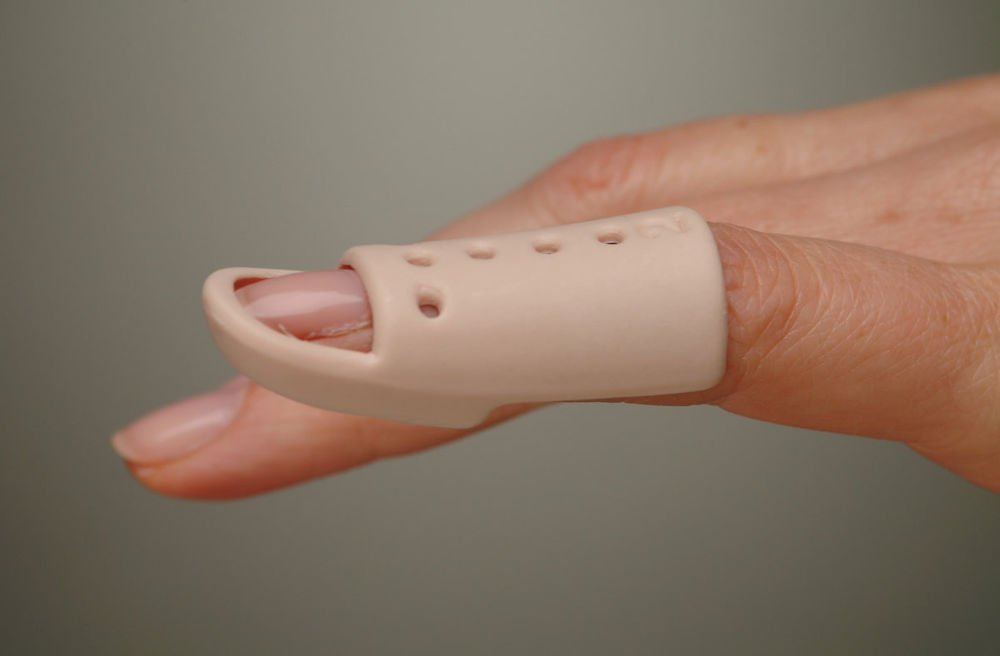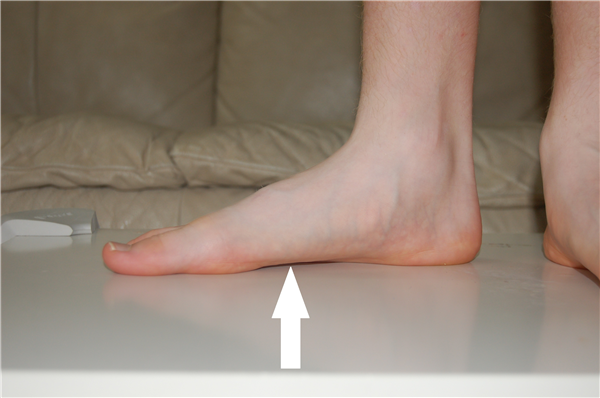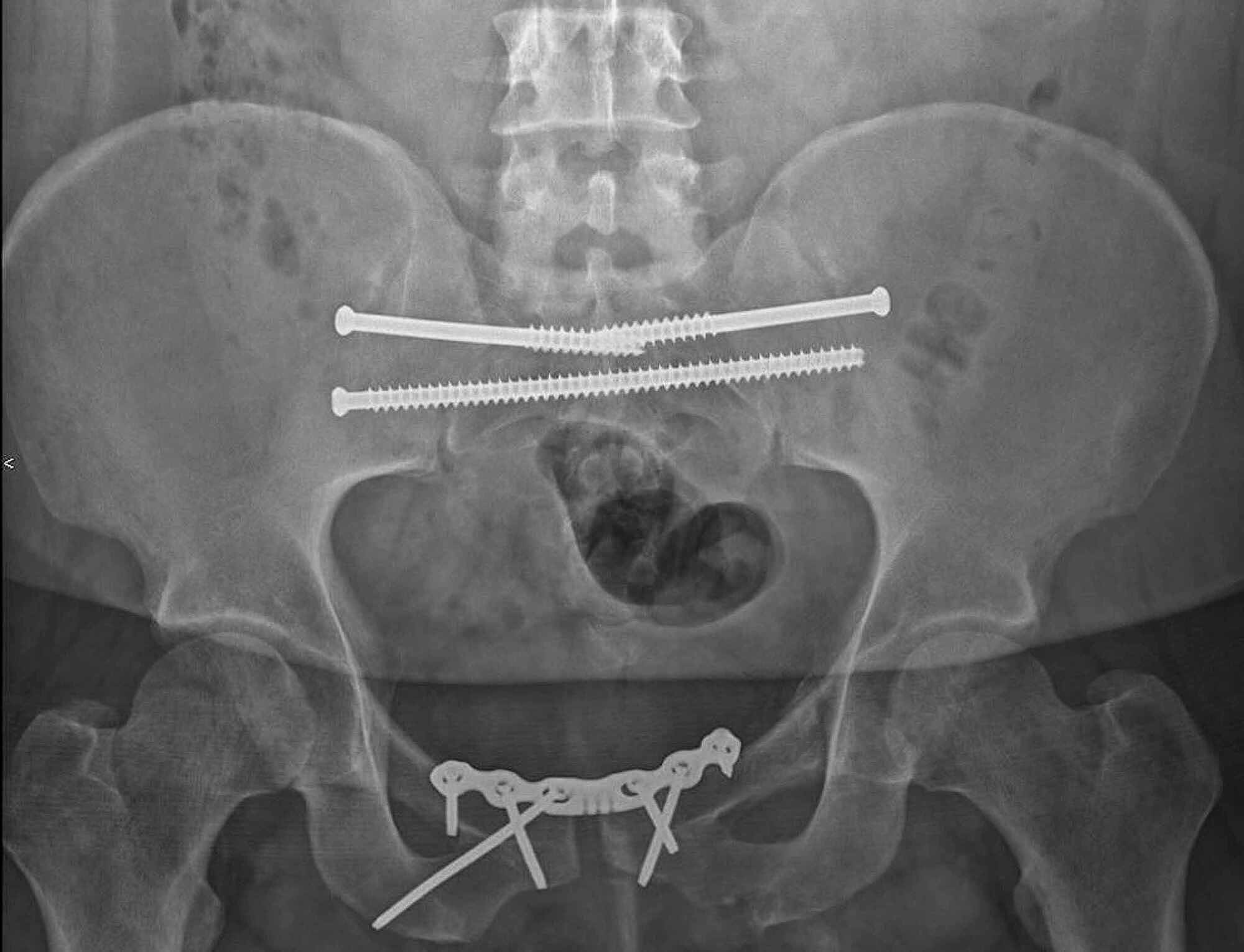Pelvic fracture surgery and physical therapy after it
Fracture of the pelvis is considered one of the complex fractures that individuals are exposed to and that need a specialized method in dealing with it. In the following article, we will learn about important explanations regarding this topic, so let us read the following.
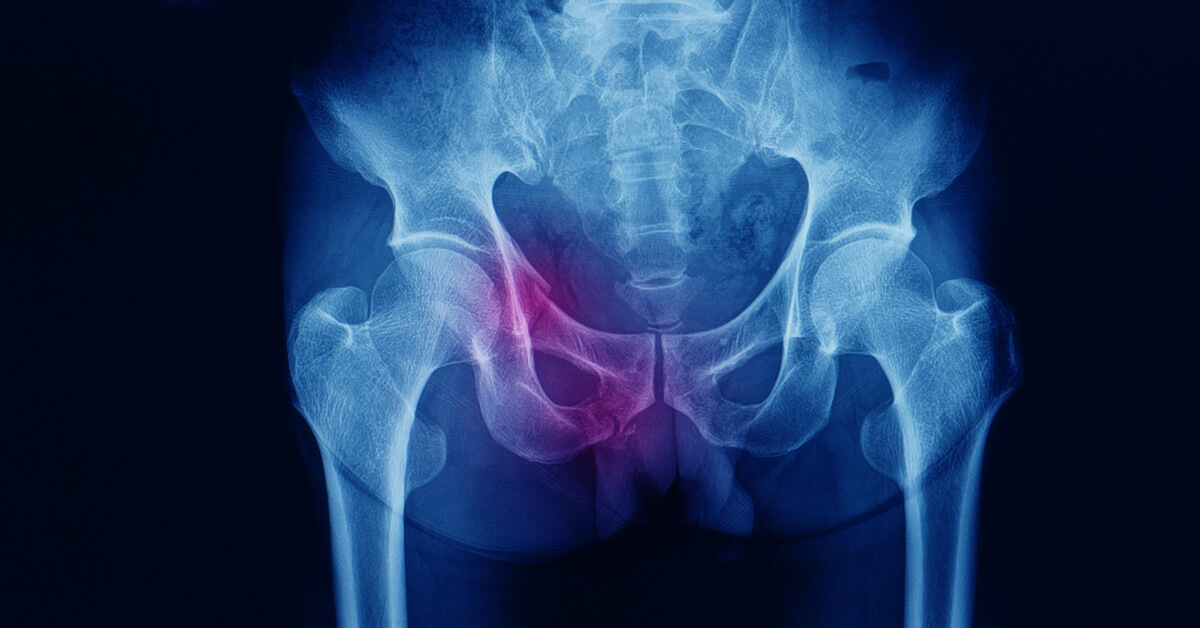
Pelvic fracture surgery
A pelvic fracture is performed to restore the broken bones to their normal position in the past, and this is done by using one of two methods:
- Open reduction: This is done by the orthopedic surgeon making an incision in the skin of the pelvis to make it able to adjust the position of the bones directly.
- Closed reduction: It is performed by a surgeon who specializes in surgery to adjust the bones without making any incisions.
Pelvic fracture surgery takes 2 to 3 hours and may need much longer time when the case is more complex, and this operation is performed under general anesthesia, and the patient remains in the operating room for a few hours after the completion of the operation.
Is pelvic fracture surgery difficult?
The operation to fracture the pelvis is considered one of the very delicate operations that are performed, and the extent of its difficulty depends on the severity of the injury that the individual may have been exposed to, and the duration of this operation ranges in the normal range from two to three hours, and it may take longer than that if the fracture is complex. It is done under general anesthesia and the patient remains in the operating room after completion for a few more hours.
Does a pelvic fracture need surgery?
Not all pelvic fractures require an operation, as this depends on the extent of the type of fracture that may have occurred to the individual and its severity, as pelvic fractures differ from one person to another, and the bone may break directly at the cavity or into several pieces, and pelvic fractures cause long-term In the injury of roughness in the thigh joint, and this type of fracture is accompanied by pain in the hip joint that intensifies when sitting or moving, and the severity of the fracture depends on the following factors:
- Number and size of fracture fragments.
- The size and quantity of each misplaced piece.
- The extent of damage to surrounding soft tissues such as muscles, tendons, nerves, and skin.
- Recurrent damage to the cartilaginous surface of the acetabulum and the head of the femur.
Pelvic fracture is dangerous?
Pelvic fracture is considered one of the most dangerous types of fractures that an individual may be exposed to because it causes many complications because it affects more than one area at the same time. Examples of complications of pelvic fractures are:
- Inflammation and infection near the surface of the skin near the incision or wound to which the individual was exposed.
- The pelvic joint is susceptible to roughness because pelvic fractures can cause damage to the cartilaginous surface of the joint.
- Injury to the sciatic nerve.
- Exposure to something known as non-homogeneous bone is one of the rarest problems to occur.
- Bone deficiency disease.
How long does it take to recover from a pelvic fracture?
The recovery period for a pelvic fracture varies from one person to another according to the extent of the type of fracture affected and the age of the patient and ranges on average from 8 to 12 weeks until complete recovery. Here are more details on this matter:
- Stable fractures (SF): This type of fracture needs a few weeks to heal, and this is without the need for surgical intervention, especially if the injured person is young and does not suffer from any diseases that affect the speed of recovery.
- Avulsion fractures – AF: This type of fracture can heal on its own, provided rest and not moving from bed from 6 to 8 weeks.
- Stress fractures – SF: This type of fracture needs complete rest for a period of up to 4 to 6 weeks, with some medications that aid in healing and help prevent this from happening again.
How do I know that the pelvis is broken?
Some symptoms appear on the individual and he can identify through them the presence of a fracture in the pelvis, and the symptoms differ according to the type of fracture that the individual may have been exposed to, for example:
Symptoms of a fixed pelvic fracture
- The feeling of pain intensifies with movement.
- Pain in the pubic area, lower back, buttocks, and pelvic area.
- The appearance of swelling and swelling in the pelvis.
- The sensation of tingling and numbness in the area of injury.
- Internal bleeding that appears as colored bruises, bleeding from an open wound, vaginal bleeding in women, or blood in the urine.
Symptoms of a pelvic fracture
- Feeling a sharp pain in the pelvis, abdomen, back, or feet.
- Entering the body into shock.
- Bleeding is difficult to control and may cause low blood pressure.
- Exposure to fainting.
- Pale skin color.
Pelvic fracture patient can walk?
A person who suffers a pelvic fracture will not be able to walk as a result of losing the ability to bear the weight of the body on one or both legs, and the situation will remain so until the bones heal well and walking after that depends on relying on crutches, and even after the patient recovers, it remains Limp while walking over some time.
What is the natural treatment for a pelvic fracture?
Many people wonder about exercises after a pelvic fracture. Which the specialist doctor begins to recommend during the physiotherapy period, and examples of these exercises are:
- The first exercise: is done by placing the knees and palms on the ground like a crawling position, and the patient remains in this position until he relaxes, and then he pushes the body towards the back so that the buttocks are close to the heels and continue in this position for 20 seconds, and the patient returns to his position the beginning.
- The second exercise: This exercise is done by lying on the back straight with the ankle of the foot on the ground and continuing in this position for 10 seconds, then it is straightened again, and this exercise is repeated up to twenty times.

